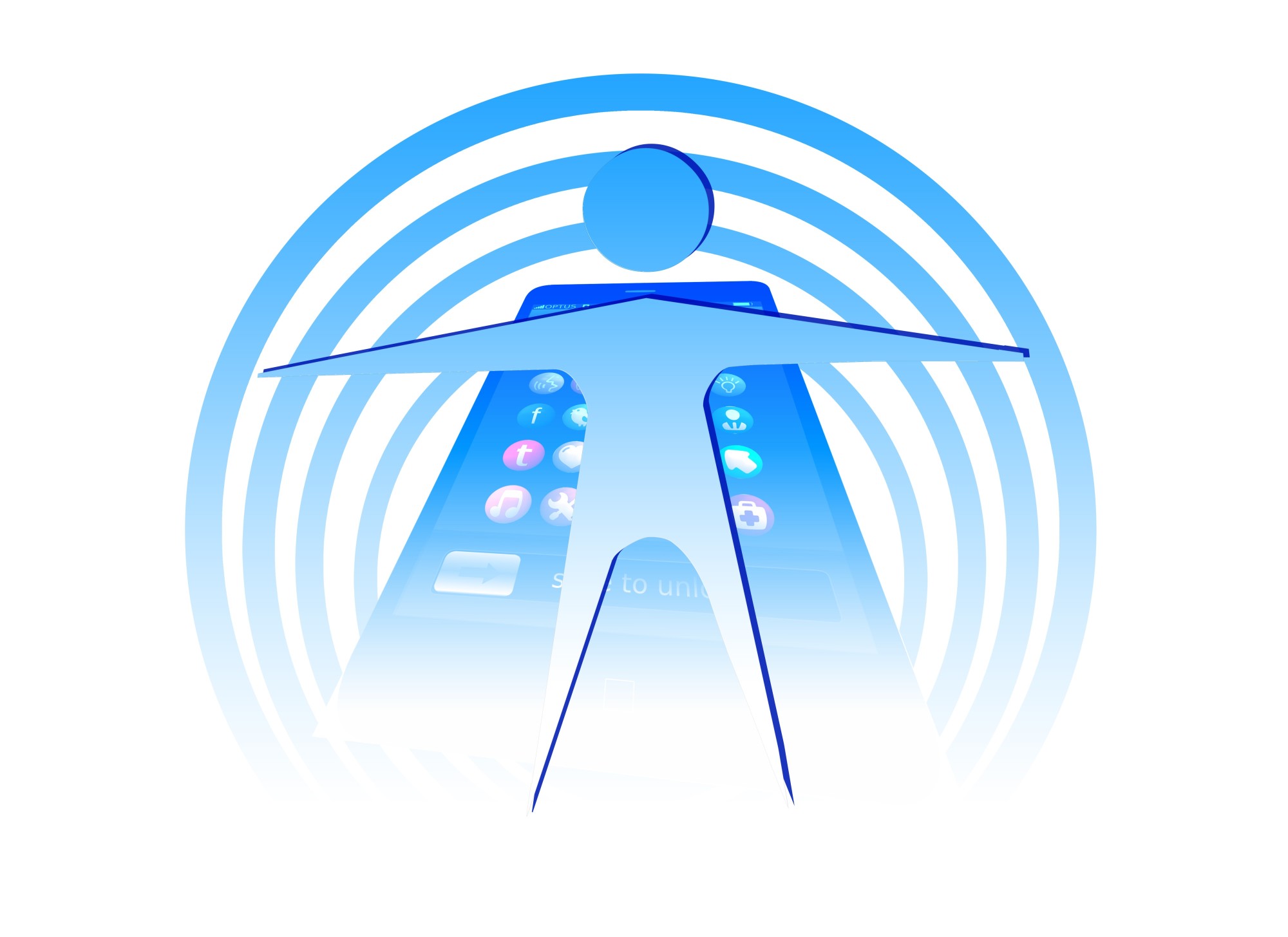 When you hear the term “radiation”, what comes to mind? Most likely, it’s the nuclear hazard symbol, sickly green light, and atom bombs. However, there are many forms of radiation, some of which we interact with every day. (The ultraviolet radiation from the sun is one major example.)
When you hear the term “radiation”, what comes to mind? Most likely, it’s the nuclear hazard symbol, sickly green light, and atom bombs. However, there are many forms of radiation, some of which we interact with every day. (The ultraviolet radiation from the sun is one major example.)
Another form of radiation from which we face constant exposure is EMF radiation. What exactly is this type of radiation, and how do I measure the levels of it in my home? How much electromagnetic radiation is safe? Here’s what you need to know.
What Is EMF Radiation?
First things first, let’s define what, exactly, EMF radiation is. EMF radiation refers to the electric and magnetic (electromagnetic) fields (or frequencies) radiated from essentially every object in existence.
Most types of EMF radiation that come from common household electronics don’t cause known harm to humans. However, X-rays, gamma rays, and UV rays, which both exist in nature and can be emitted by other devices, can cause harm to the body.
How Can I Measure EMF Radiation in My Home?
If you’re concerned about the levels of EMF radiation in your home, you might wonder what you can do to measure your home’s levels. Many websites will sell products to gauge your levels. (You can have a look at one such company here.)
However, you must make sure that you purchase the right kind of radiation meter. This means that you must take into consideration:
- The range of radiation frequencies it’s designed to read
- The span of the measurements it can take
- Its ability to find the sources of radiation
- The product’s price and ease of use
It wouldn’t do to purchase an EMF reader for your home and not be able to use it, after all.
Is My Home Safe? How Much EMF Protection Do I Need?
If the thought that you’re bombarded on all sides by radiation terrifies you, take a deep breath. Most EMF radiation within the home comes in the form of non-ionizing and radiofrequency radiation, which most researchers suggest isn’t harmful to humans. However, some people have experienced sensitivity to EMF, leading to symptoms like headaches, nausea, and excessive fatigue.
If you experience these symptoms on a regular basis, and there don’t appear to be other causes, then you might want to invest in some protective garments. Otherwise, do what you can to limit your exposure to electronics and power outlets.
Let’s Review What a Smart Homeowner Should Know About EMF Radiation
Every smart homeowner should have an idea of how much EMF radiation permeates their house, and take what steps they can to reduce it. While most EMF radiation isn’t harmful to humans, doing what you can to monitor your levels and reduce your exposure can spare you unnecessary headaches and other unpleasant symptoms.
Did you find this article helpful? Would you like to read more tips to build a safe, healthy, and eco-friendly home? If so, then check out our blog for more articles like this one!
Leave a Reply